Smart Home Blog
If you found this page useful you can buy me a coffee. This helps me maintain this website and add more content.
11th April 2024

In Time-Based Control mode, the Tesla Powerwall does a fantastic job of ensuring we only use cheap rate electricity. It can power both our oven and the the grill simultaneously during peak periods and carry on exporting solar energy at the peak rate on the Octopus Flux tariff.
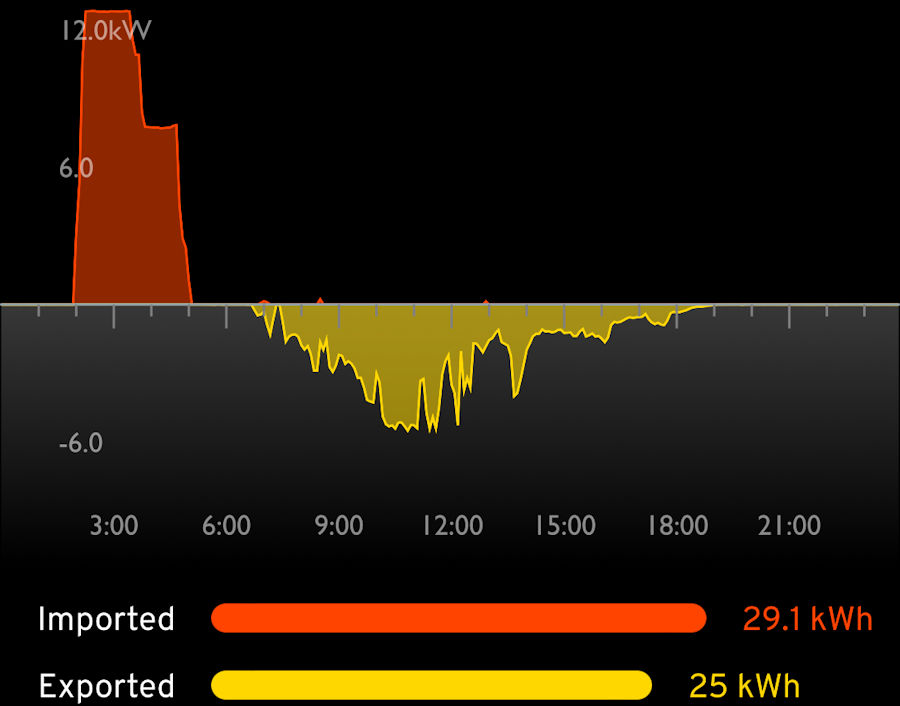
And this is what the import and export graph looks like. This one shows the Tesla Powerwall and our CUPRA Born charging between 2am and 5am. We then use almost nothing from the grid all day and all evening. The Powerwall may choose to top up the battery with a bit of solar energy during the day, if it is sunny and we have used more than normal. At this timne of year though, the 13.5kWh usable storage is easily enough to do this, with the state of charge rarely dropping below 60%.
8th April 2024
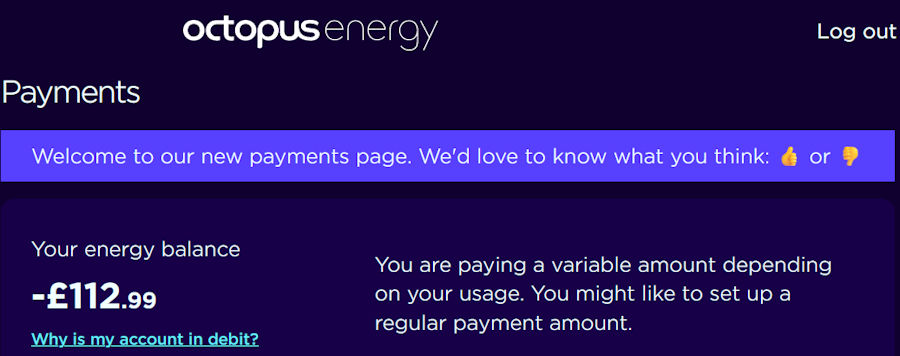
Early April and our bills from Octopus Energy are already negative 😎 This includes our gas powered hot water and central heating, standing charges and EV charging. Admittedly £50 of this was from referring a friend to Octopus but, our bills we be negative until November now.
7th April 2024
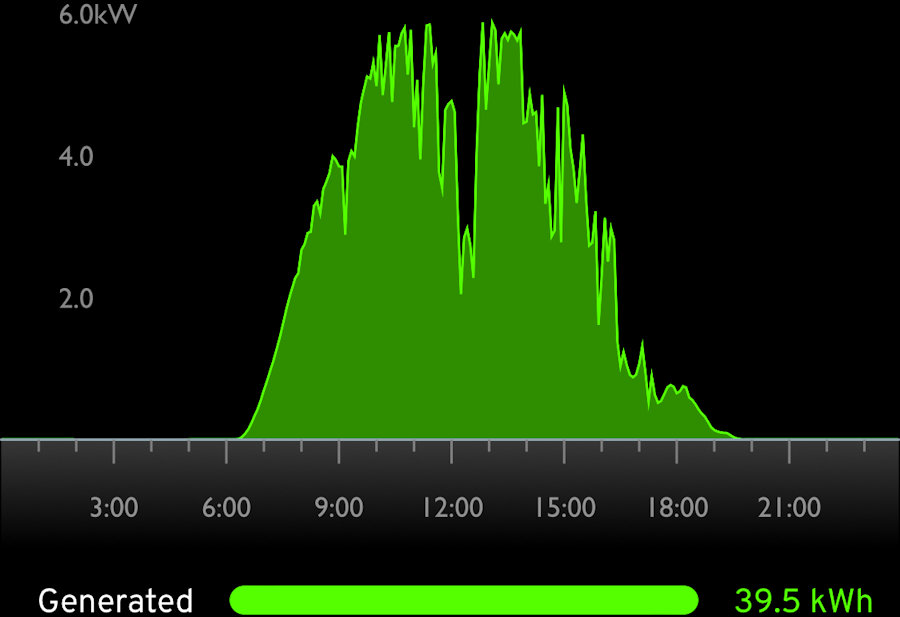
Best generation day of the year so far with 39.5kWh.
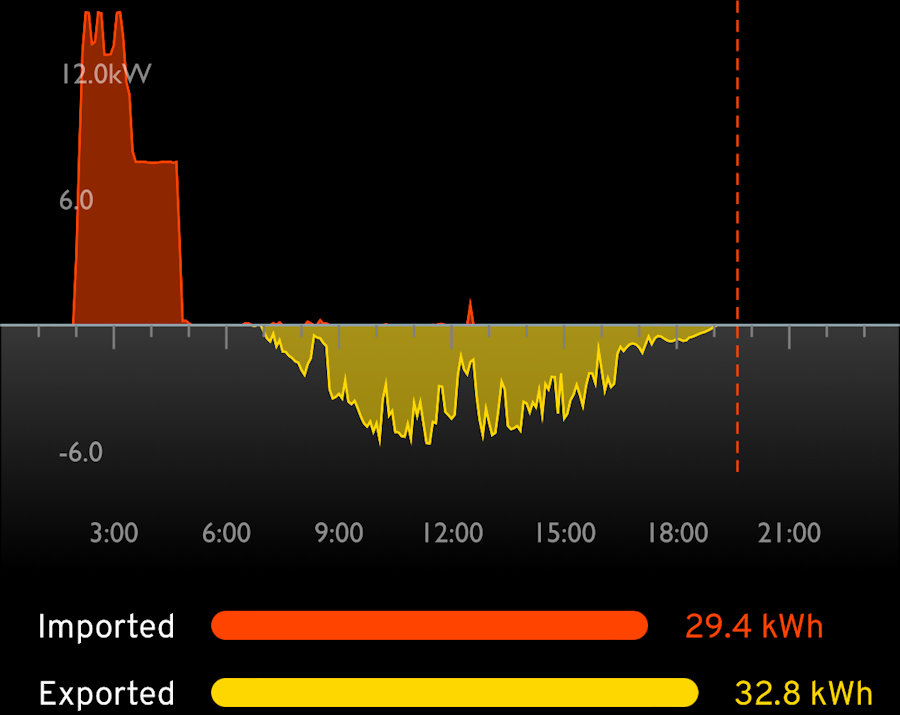
We exported 32.8kWh, enough to fill up our MX-5e if it had been completed using our Zappi smart EV charger 😎
March 2024
Total Return On Investment (ROI) on our smart home solar installation project this month were £274.17 (Electricity £43.86, Exports £64.00, Gas £21.60 Transport £144.71).
My full energy analysis for March.
31st March 2024
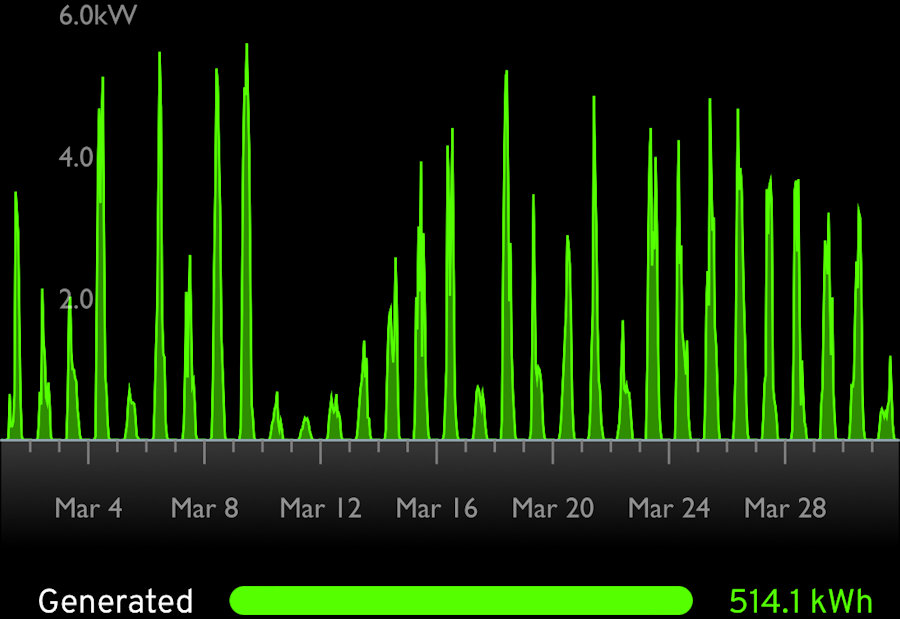
March was sunny with 514kWh generated and over 350kWh exported.
15th March 2024

Octopus Energy have announced lower electricity rates from 1st April for both import and export. The biggest change is the large increase in the standing charge though! At 47.849p per day, this comes to £174.65 per year.

The new export rates on my Octopus Flux tariff.
9th March 2024
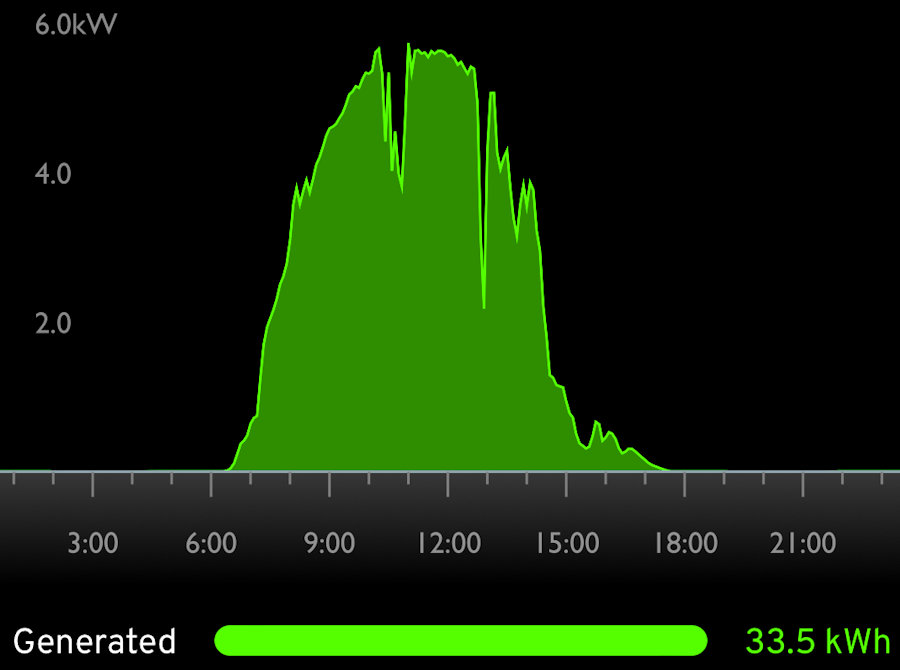
Another new generation high for 2024 at 33.5kWh.
5th March 2024
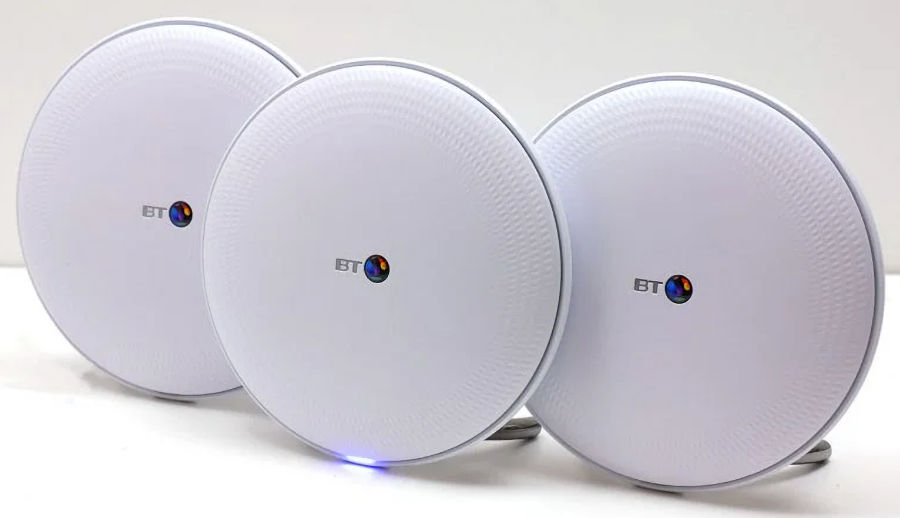
With our new 500Mbps FTTP Internet connection installed, I thought I would check how well the Wi-Fi works inside our home and out in the garden. I'm still using these "old" BT Whole Home Wi-Fi discs that I bought back in 2017. They support WiFi 5 (802.11ac) and 2×2 MIMO. With all of them using Cat5e backhaul (Gigabit Ethernet), I'm seeing Internet download speeds of 460+Mbps (70Mbps up) in every room in our home and the garden, when using my iPhone 13 Pro Max 😎 The BT Whole Home Wi-Fi discs have been amazingly reliable in all that time and I don't see any need to upgrade them any time soon.
4th March 2024
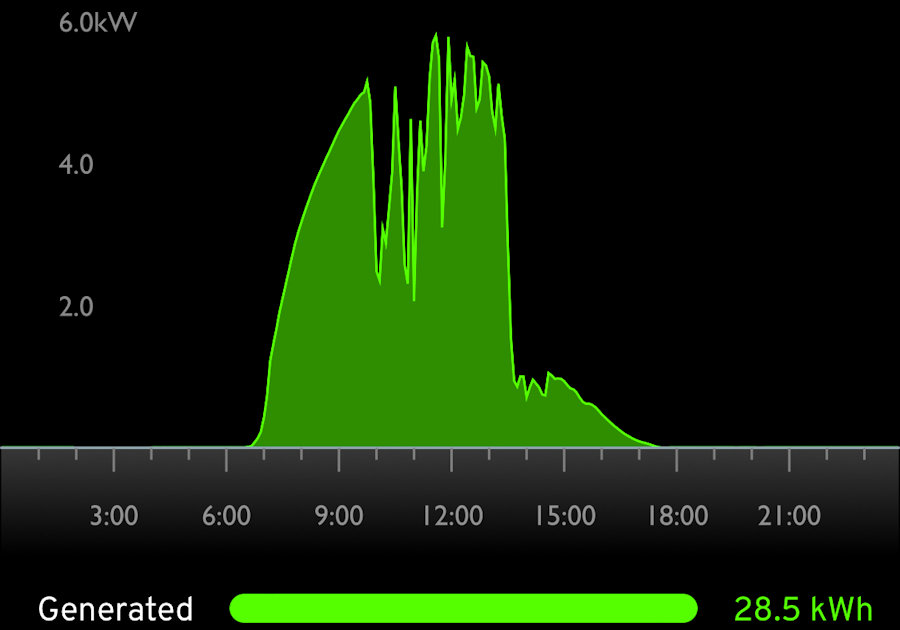
Our best generation day so far in 2024, with 28.5kWh. If the cloud hadn't arrived mid-afternoon, we would have exceeded 35kWh and I'm expecting to later this week, based on my Solcast forecast.
1st March 2024

I upgraded our broadband connection to FTTP this month. The 80/20Mbps connection we have been using for many years is perfectly quick enough but, when I was notified of the latest price increase, it was £7 per month cheaper to move to a 500/100Mbps FTTP connection and I get unlimited mobile data as an added bonus.
My speed tests revealed some interesting results, not least the one pictured here from my iPhone 13 Pro Max on Wi-Fi. I didn't think these kinds of speeds were possible over Wi-Fi, especially as I'm using quite old BT Home Hub Wi-Fi discs with wired Ethernet backhaul. They support Wifi 5 / 802.11ac though and the iPhone has 2x2 MIMO support. This has got me wondering if the other two discs have 100Mbps or 1000Mbps Ethernet connections.
I have also now been checking the various cables installed in ducting in my home. Some are 15+ years old and use Cat5 Ethernet cable. It looks like some of them support Gigabit Ethernet still though, as the main cable from my lounge to my loft is Cat5 but is connecting a 24-port Gigabit switch at a 1000Mbps.
February 2024
As expected, our gas savings this month were much lower. This is simply because we are paying almost half the kWh rate on the Octopus Tracker (December 2023 v1) tariff that we were paying on the variable rate tariff. My full energy analysis for February.
25th February 2024

I've been using the Octo Aid app and it provides some useful data and graphs. This one confirms my thinking that we have started exporting during the peak period in the last few days. We have exported over 140kWh in February already 😎
24th February 2024
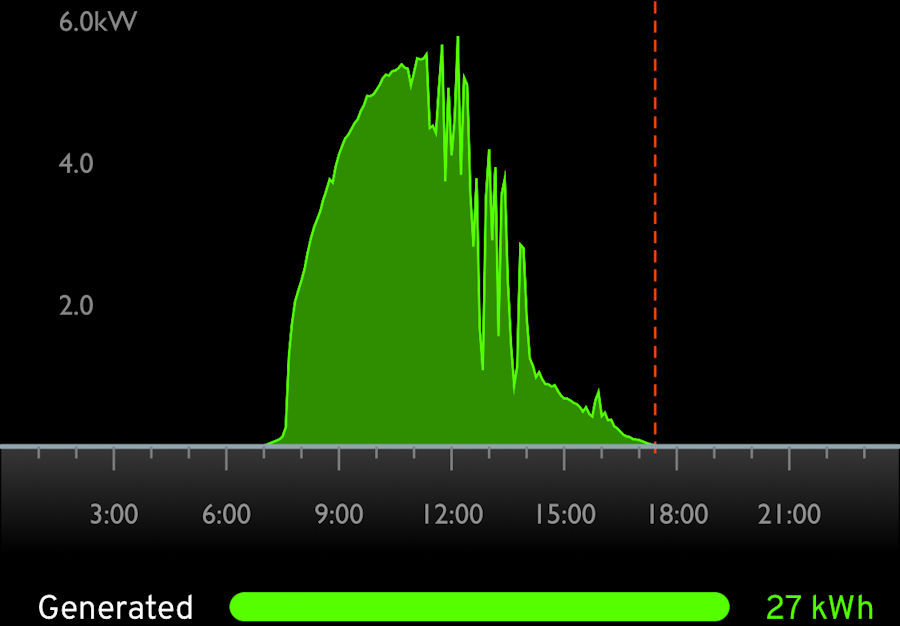
Best generation day of 2024 so far with 27kWh. Our Solcast forecast was over 35kWh at the start of the day but, cloud moved in during the afternoon.
23rd February 2024

Today is the first day of 2024 where we have properly exported during the Octopus Flux tariff peak rate (29.9p per kWh between 4pm and 7pm). We have exported tiny amounts before now but, today it started to become significant. The days are getting longer already as the sun reaches higher into the sky. The solar zenith was 62° at 11:30am today, meaning the sun reached 28° above the horizon.
1st February 2024

Having looked at our gas usage and costs over winter, I have switched to the Octopus Tracker (December 2023 v1) tariff for our gas. The gastracker.uk website shows the prices have been consistently lower than the 7.3p/kWh we have been paying.
31st January 2024
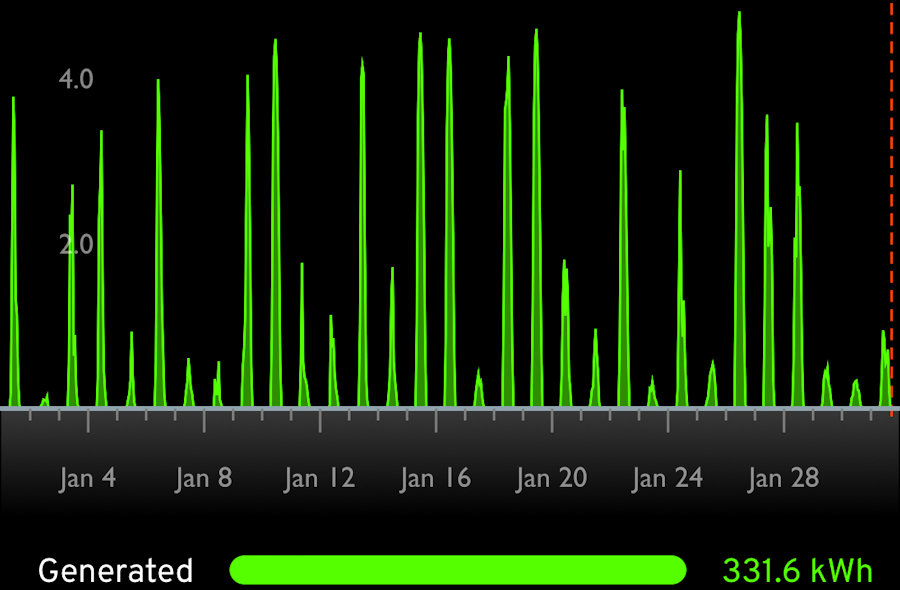
This month has been a good month for solar generation, despite being cold and having plenty of storms across the UK. We have generated over 331.6kWh, compared to 308kWh in January 2023. This is an average of 10.6kWh per day.
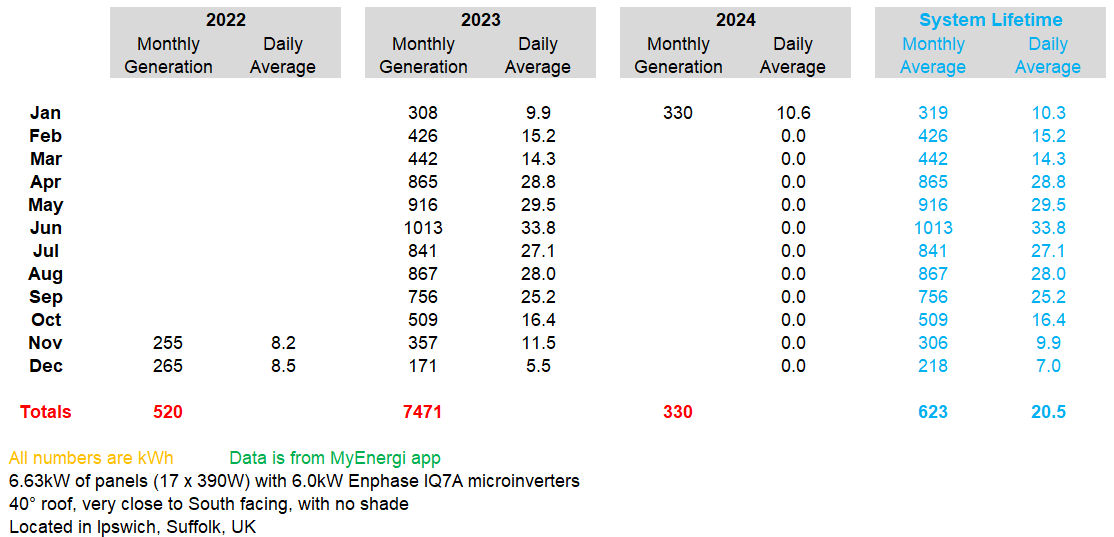
With this January being such a good month for generation, I thought I would look back to see how it compares. This is the monthly generation data for my system since it was installed in October 2022.
My yearly average is 7471kWh, my monthly average is 623kWh and my daily average generation is 20.5kWh.
30th January 2024

Someone asked last month if fitting solar panels to your roof lowers your loft temperatures. My contextual smart home has approximately 400 sensors and devices including several temperature sensors in my loft, so I thought I would look through the data and find an answer.
- Before solar, the maximum temperature observed was 42.8°C in 2021 and 43.6°C in 2022.
- My smart home solar installation project was installed in October 2022 and the highest temperature observed in 2023 was 33.8°C.
So I would say it does make quite a big difference if the coverage of your south facing roof is as significant as mine is. This "double skin" approach was used on Land Rovers in the desert, to reduce the temperature inside the vehicle.
28th January 2024
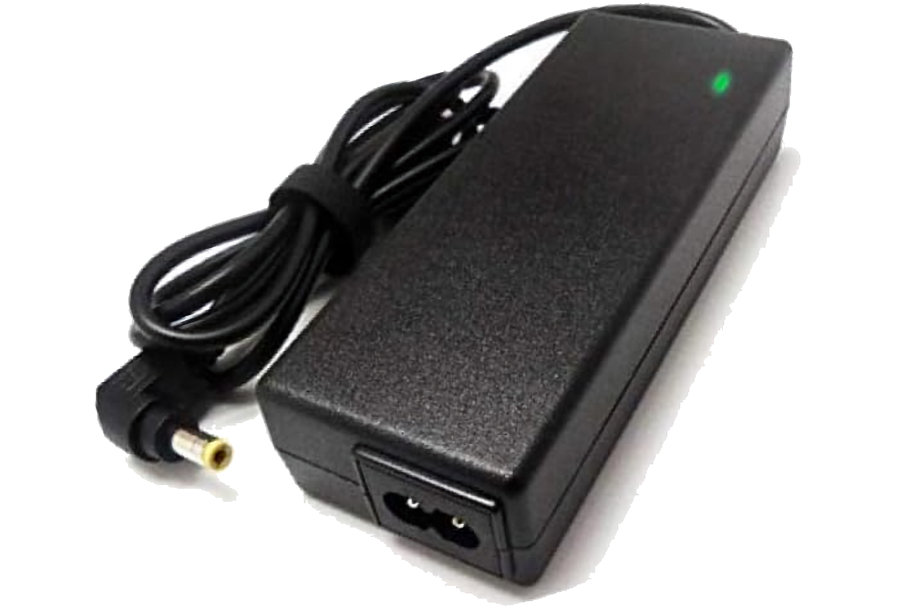
The 16V PSU that powers the 12V UPS for all my contextual smart home failed today. The first thing I knew about it was that I got a notification telling me the UPS battery level had reached 40%, so it must have failed quite a long time before that. Because the mains power hadn't actually failed, I didn't get notified about that.
This PSU was installed in September 2017 as a new unit to replace another ageing one that dated back to the 1990's. Whilst I wait for a new one to be delivered, I'm running the system directly off a regulated 12V PSU and hoping that we don't have any power cuts, though our Tesla Powerwall will protect it to a certain extent. The large deep-discharge lead acid battery that it uses is currently on a smart battery charger to get it back up to 100%.
29th January 2024
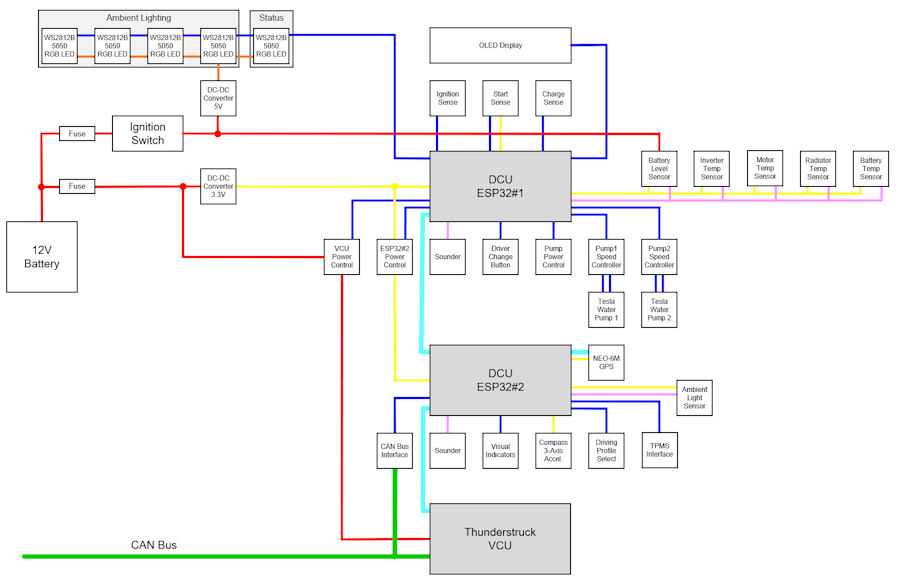
I'm having great fun programming some ESP32 processors for our MX-5e's Driver Control Unit (DCU).
I've been using these cheap processors in our contextual smart home to track BLE tags and provide much more timely presence tracking, in parallel with all the other techniques I use.
26th January 2024

Our best generation day so far this year at 26.2kWh.
21st January 2024
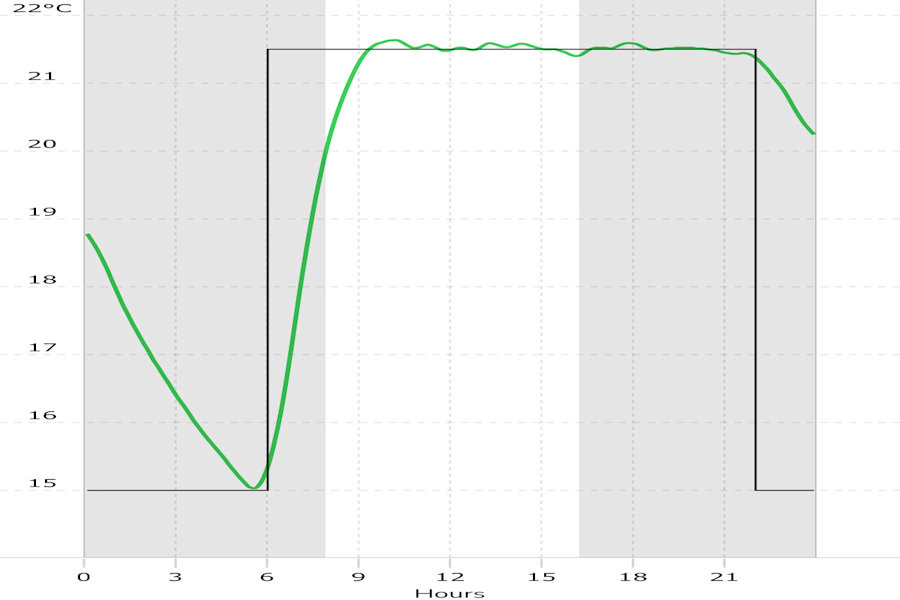
This iPhone screen capture has been compressed vertically.
In this cold weather, we have been really pleased how well our central heating system has worked. We had a new gas boiler installed in April 2022 and this is controlled by a Drayton Wider smart thermostat, which is intelligently controlled by our contextual smart home based upon occupancy and presence.
Since installing the new boiler and completing our smart home solar installation project, our gas usage has dropped by around 30-35% per month. The Wiser thermostat does a very good job at maintaining the set point temperature as you can see from this 'heat report'. The house cools downs quicker than I would like but, it is not super insulated. I have more to do in this respect. The set point changes to 15°C at 10pm on a weekday night (10:30pm at the weekend) and the house temperature drops to about 15°C by 5:30am. At about 6am the set point is 21.5°C again and it reaches this by 9am but, is comfortable long before this time. In March, the heating profile is changed and the heating is barely used at all. Through April to October we turn the space heating off completely and it is only exercised once a week.
19th January 2024

This month has been cold but sunny. We have already generated nearly 220kWh and exported 133kWh, earning us over >£18 on the Octopus Flux tariff tariff. That's a daily average of 11.6kWh.
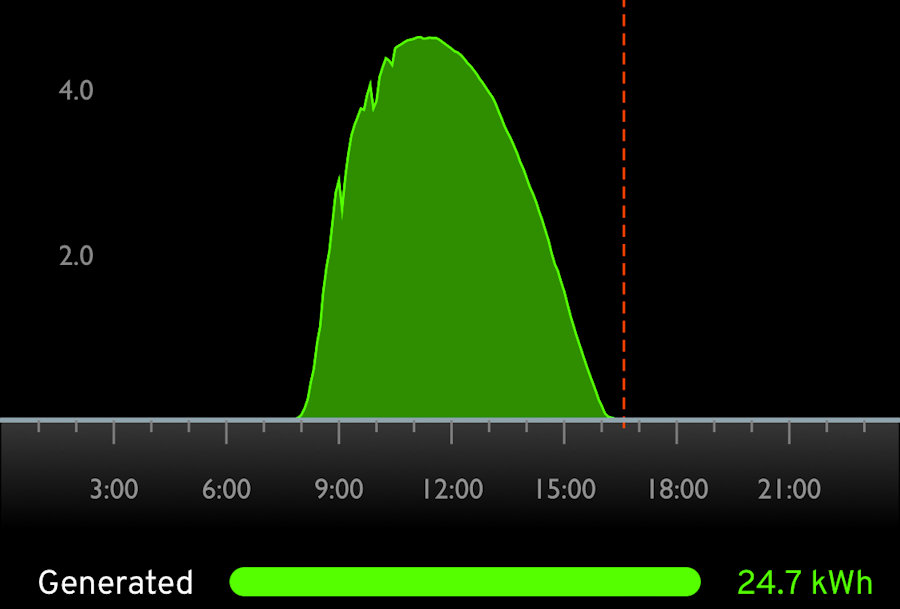
Today was also our best daily generation so far in 2024 with nearly 25kWh. The days are already getting longer and the sun is reaching higher into the sky. Today the solar zenith peaked at 72° (18° above the horizon) at 11:48.
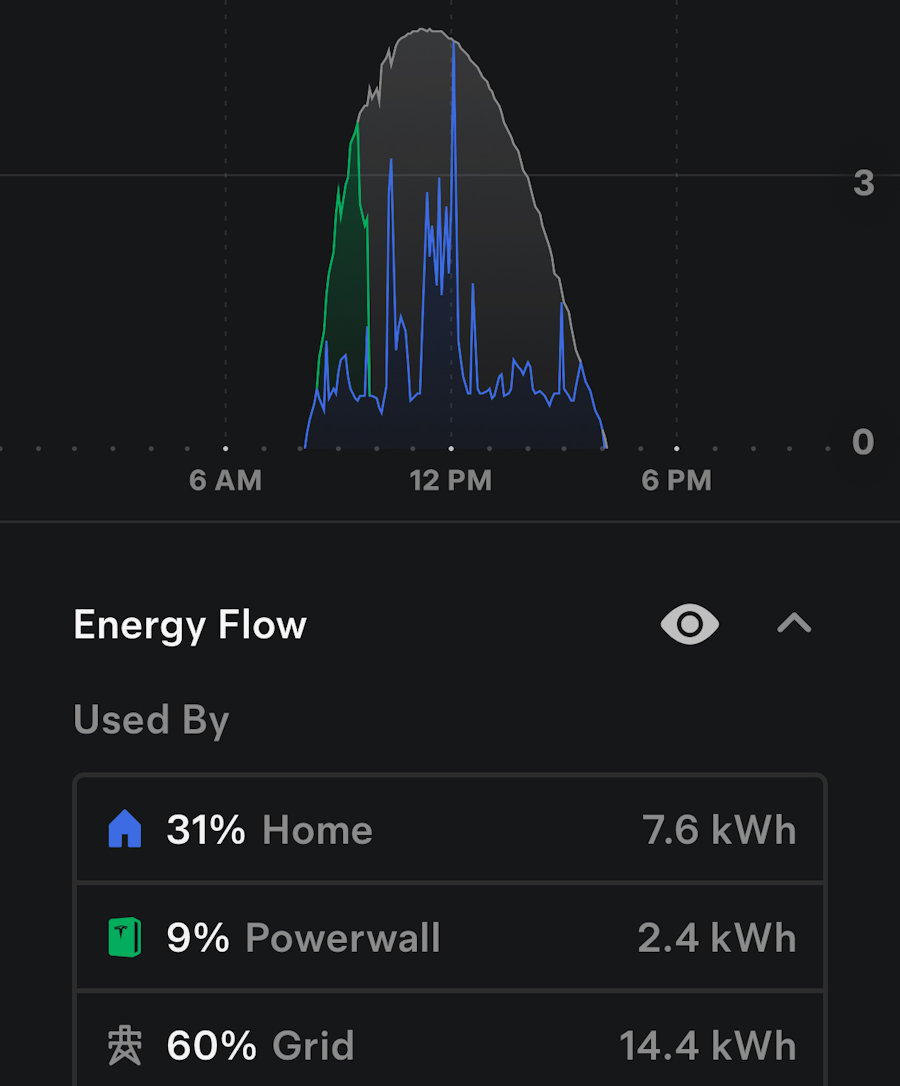
Despite running the washing machine and tumble dryer twice, we exported 60% of the energy generated.
10th January 2024
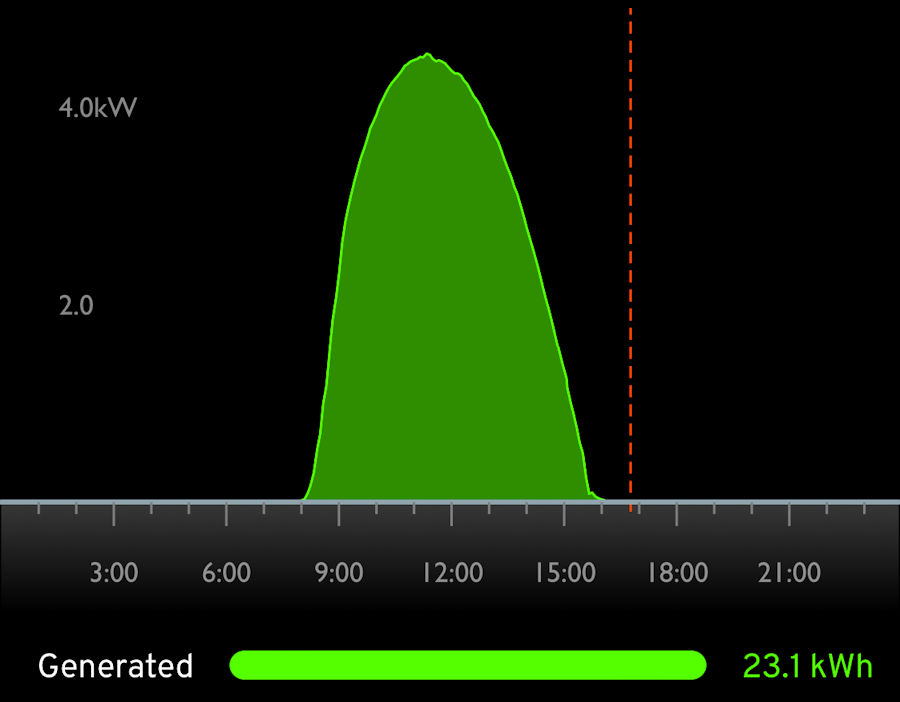
I've not seen this kind of perfect solar generation curve for a long time! Today we generated 23.1kWh and exported 19.5kWh. Our 40° roof helps a lot at this time of year. My smart home logs show that the solar azimuth peaked at 74° at 11:23 today, which is just 16° above the horizon.




